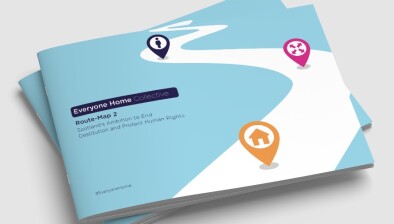Blog: The UK government can cut less than £12bn from benefits – and still meet its welfare target
The impact of the cuts already made by the coalition government has been severe. And the government has pledged to make a further £12 billion reduction in welfare spending by 2017-18. But the task of making these cuts has got a whole lot harder since it was announced, because some savings have already been realised, even before any cuts are made.
Because inflation is lower than expected, welfare spending will also be lower than previously expected. This means the £12bn target for cuts set by the government is no longer relevant, as it implies a larger cut to spending in real terms – meaning the target can safely be reduced.
Sound confusing? Let me start from the beginning.
The £12bn target was first announced by the Chancellor in January 2014. Inflation had been 2.6 per cent the previous year, and the 1 per cent cap on uprating benefit payments had made significant savings for the coalition government. It’s fair to say that, at the time, they would have expected to make some of the targeted savings by again reducing the uprating of benefit payments into the future.
Now it is over a year later, and we only know some of the measures to meet the target. In the Queen’s Speech this week, the government committed to:
Despite the negative impact the first two changes will have on thousands of families across Britain, they each only save around £100 million each – only a fraction of the £12bn target.
The largest savings announced come from the freeze in working-aged benefits, a stronger measure than the 1 per cent cap that had been previously used. When announced by the Chancellor in September last year, the freeze was expected to save over £3bn. However, today, this measure will only save £1bn. Low inflation has reduced the cuts available from this measure by two-thirds, or over £2bn.
Change in estimated savings from freezing working age benefits for year 2017-18:
Source: Institute of Fiscal Studies, Shelter Analysis









